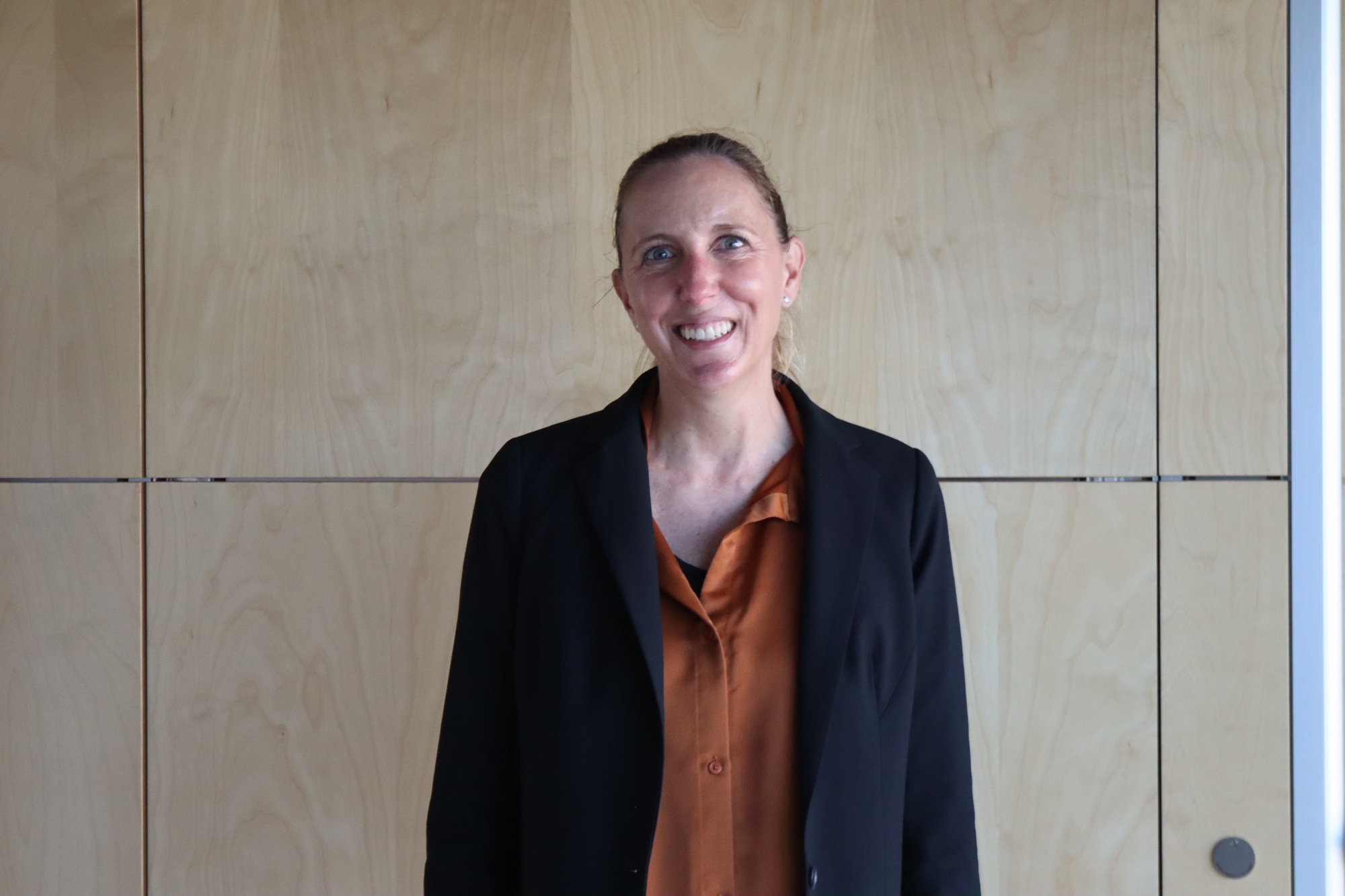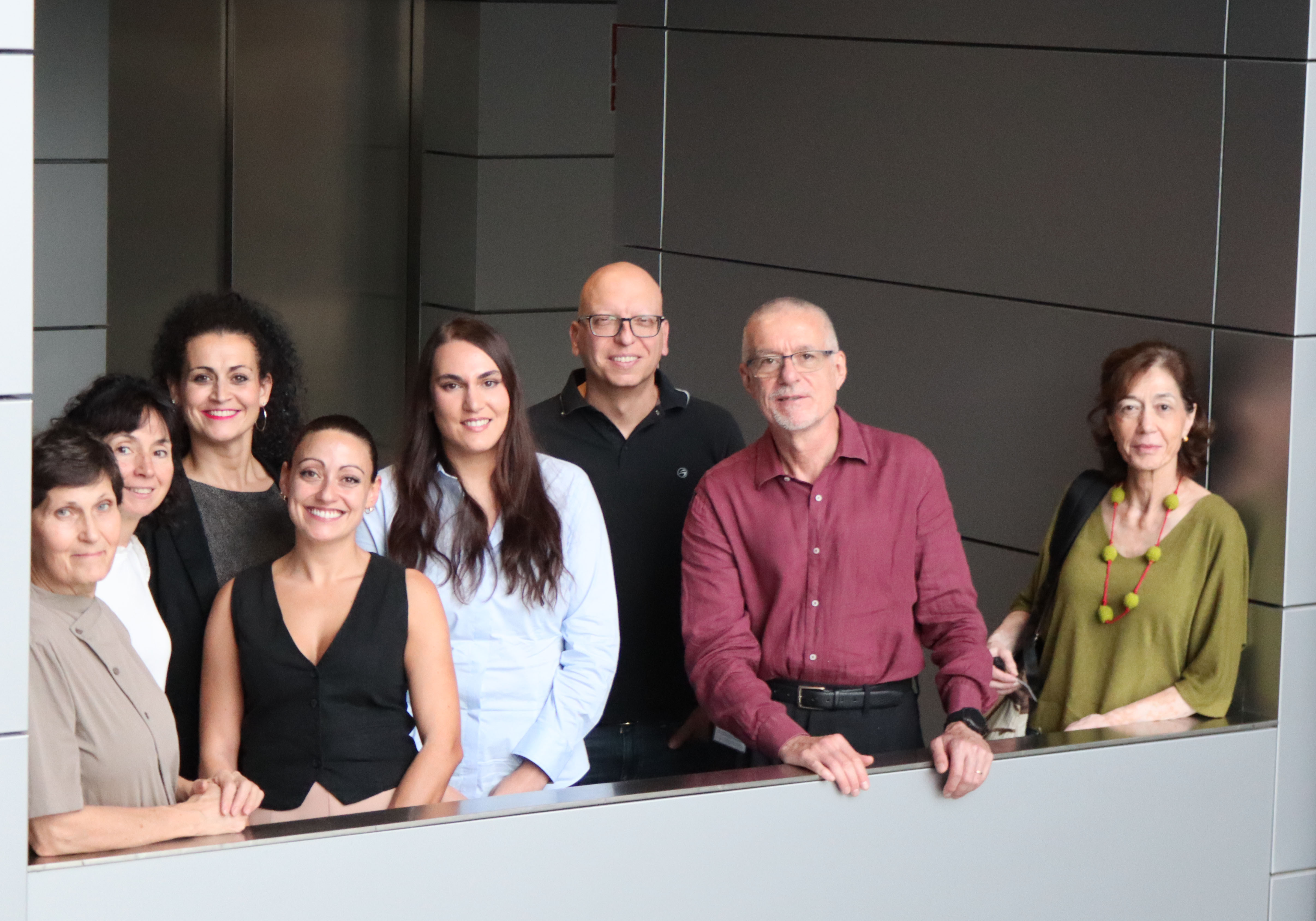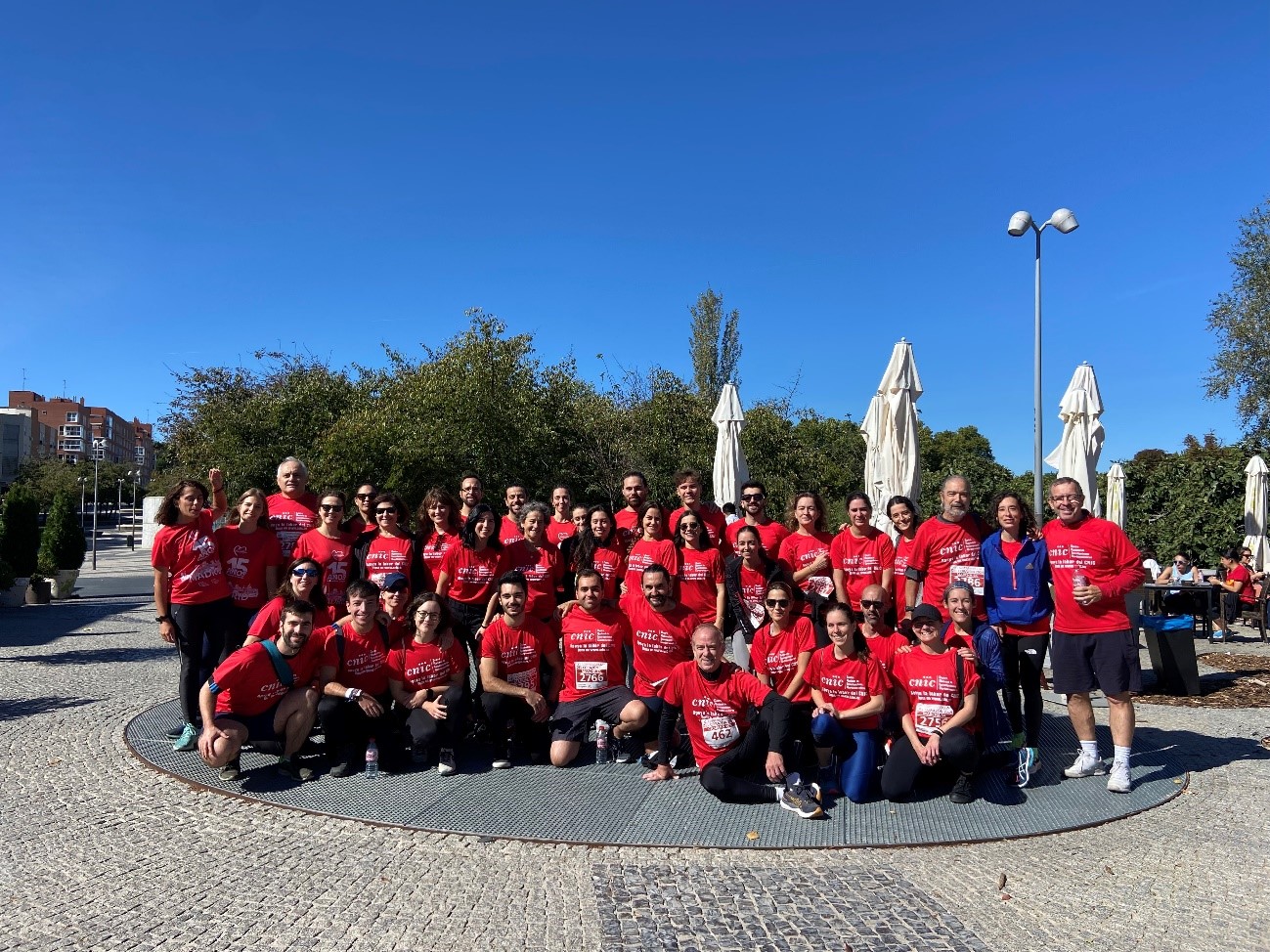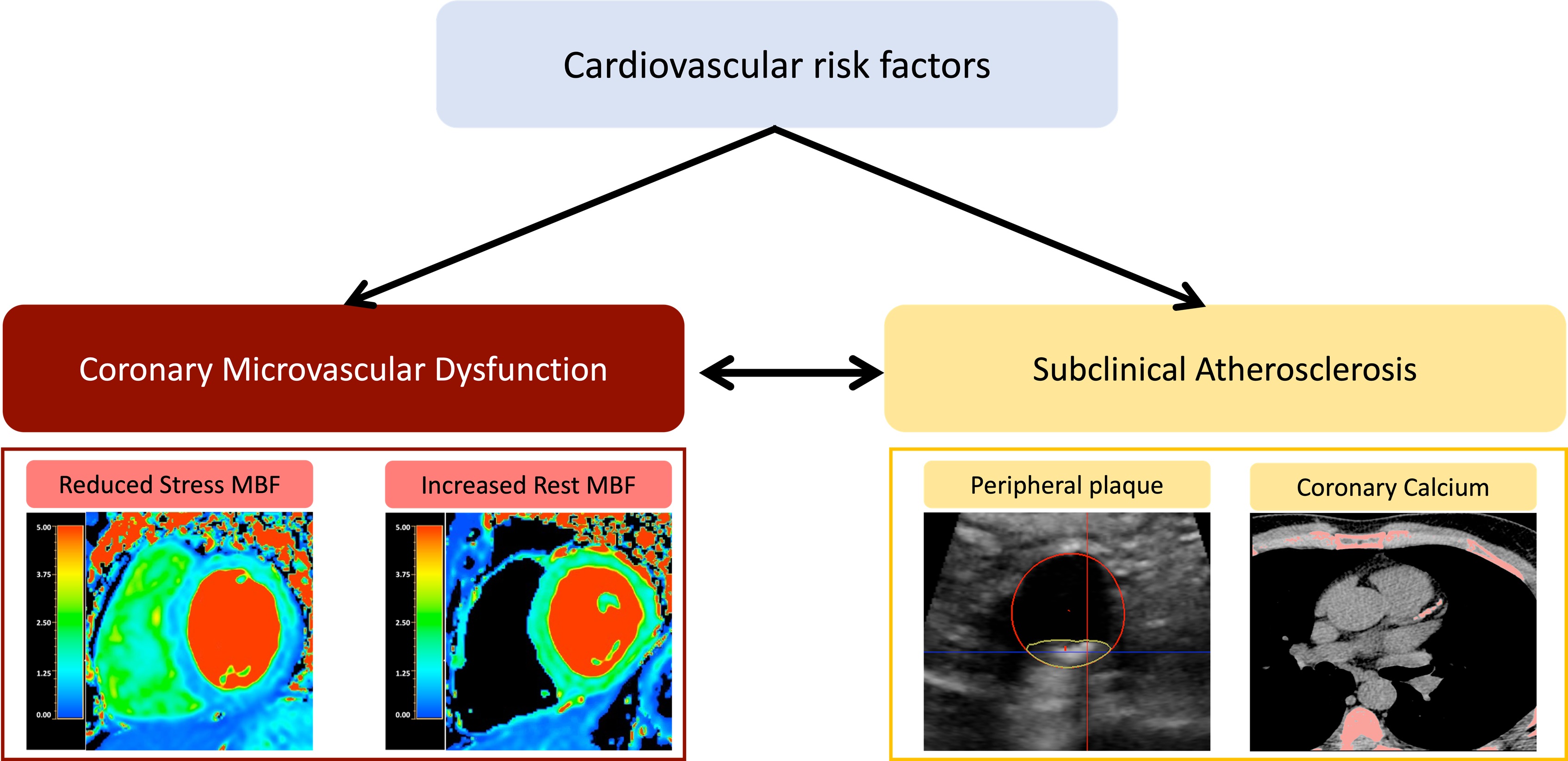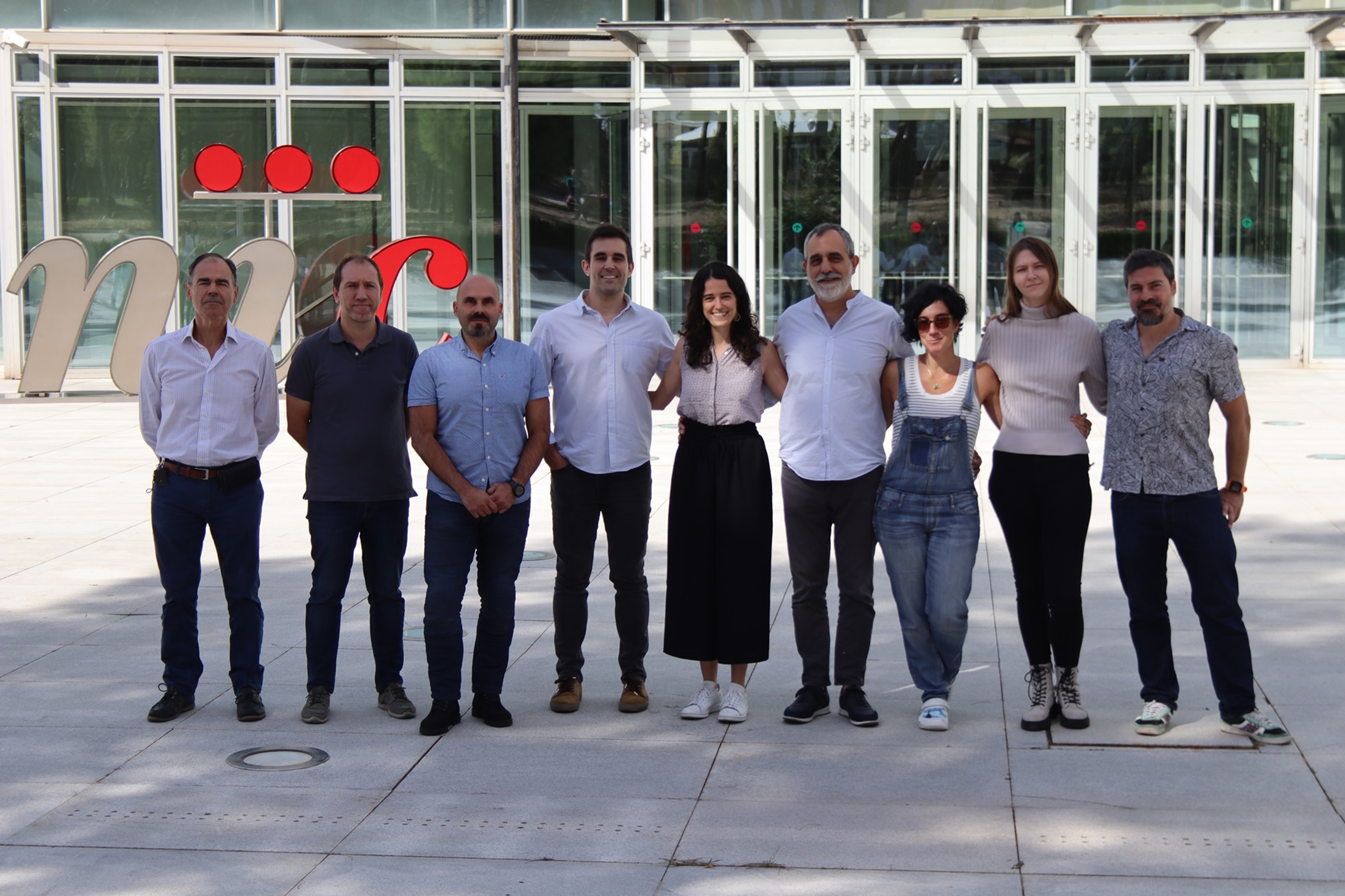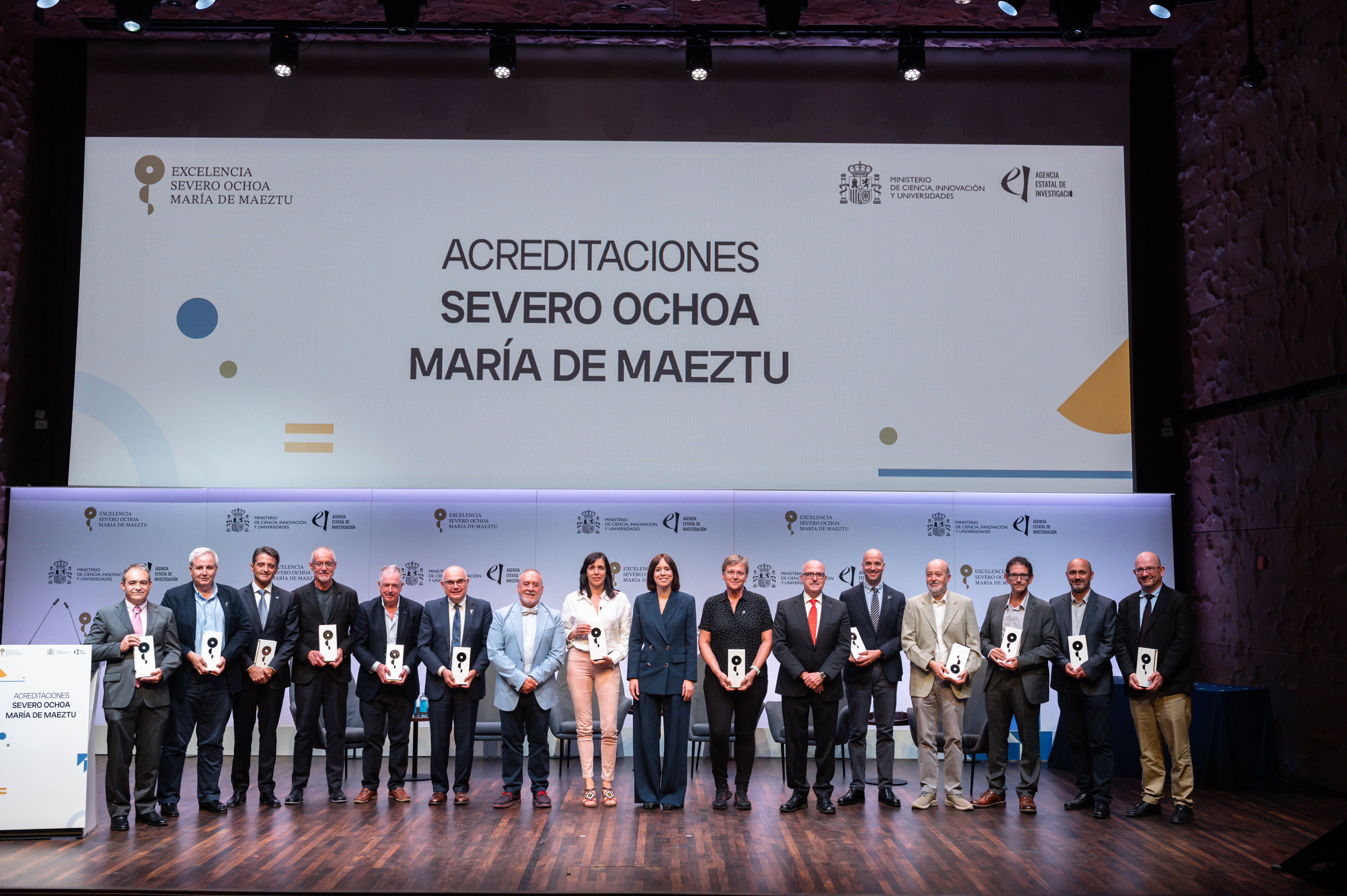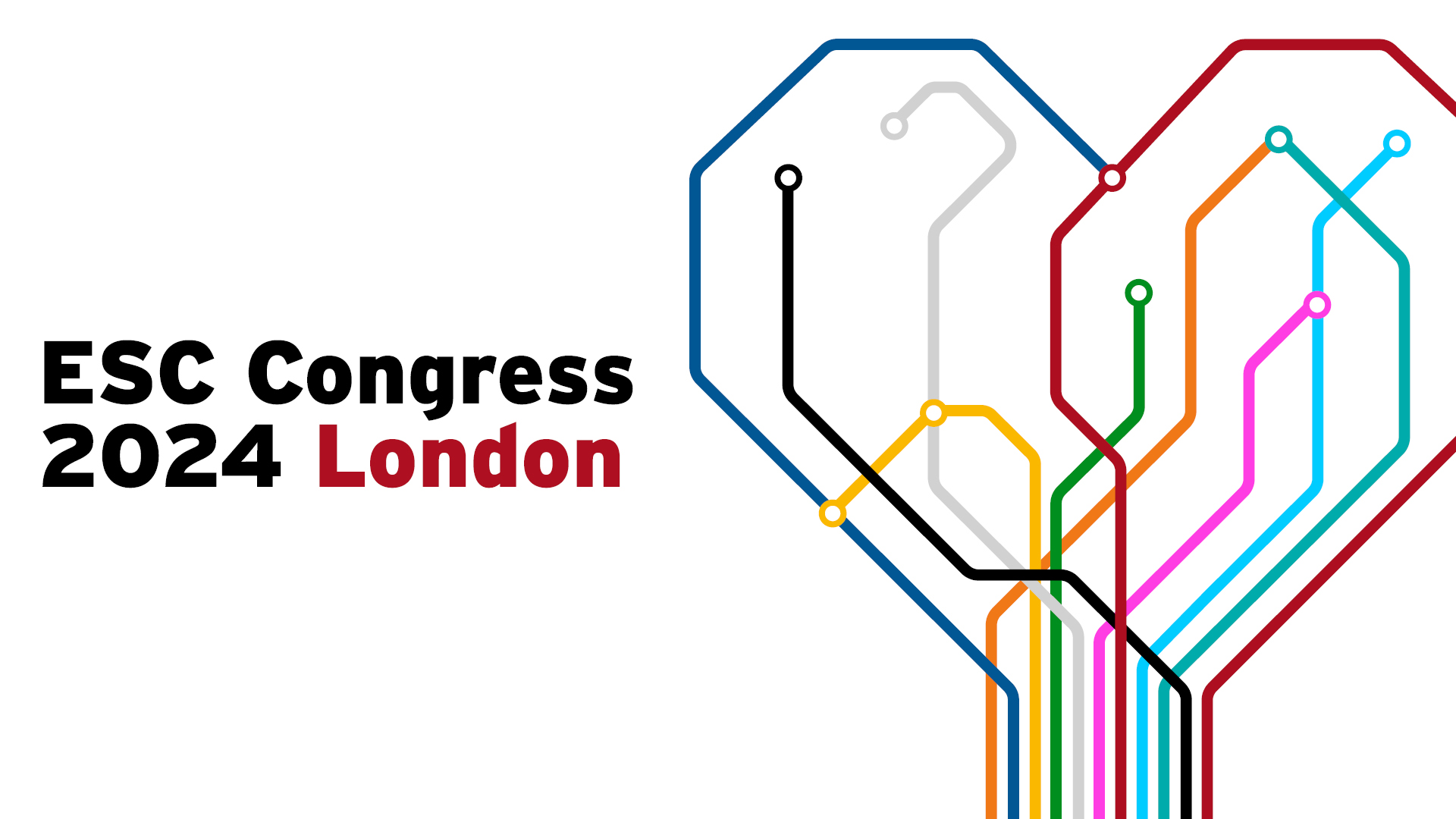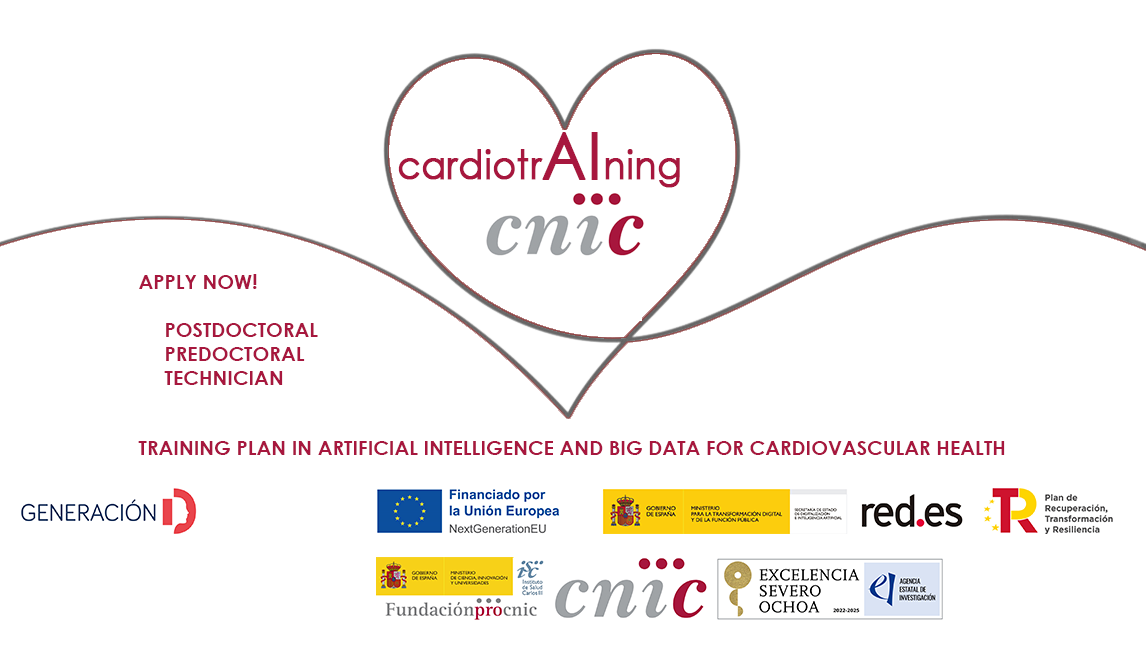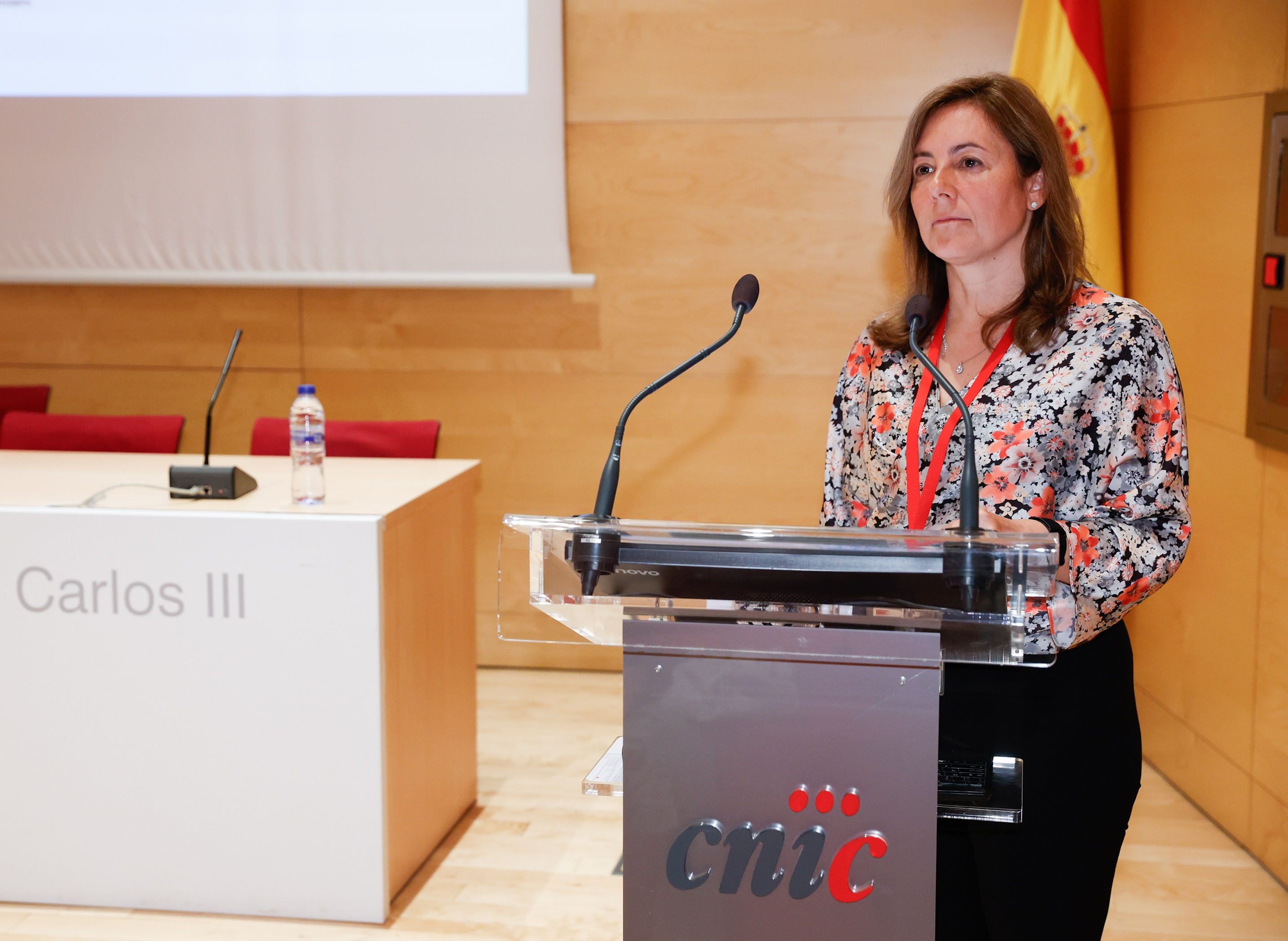News search
|
Research 10 Oct 2024 Dr. Britanny Butts is a professor at the Nell Hodgson Woodruff School of Nursing (USA). |
|
Research 7 Oct 2024 A team of scientists from the CNIC and the CSIC has identified a key mechanism in the development of atherosclerosis in patients with the rare genetic disease Hutchinson-Gilford progeria syndrome |
|
About the CNIC 7 Oct 2024 This open forum will be held on November 29th at CNIC headquarters |
|
Research 19 Sep 2024 A study from CNIC reveals how risk factors and subclinical atherosclerosis affect heart microcirculation in asymptomatic middle-aged individuals. The research, published in JACC: Cardiovascular Imaging, highlights the importance of assessing the heart vessels' ability to regulate blood flow and predict future cardiovascular risk |
|
Research 19 Sep 2024 The study, published in Cell, reveals an essential function of sodium transport in cellular energy generation |
|
Research 4 Aug 2024 Laboratory of Pharmacology and Physiology of the University of Montreal (Canadá) |
- ‹ previous
- 5 of 43
- next ›
